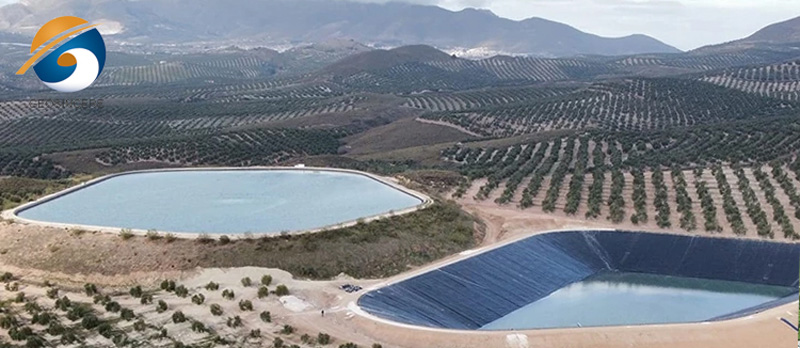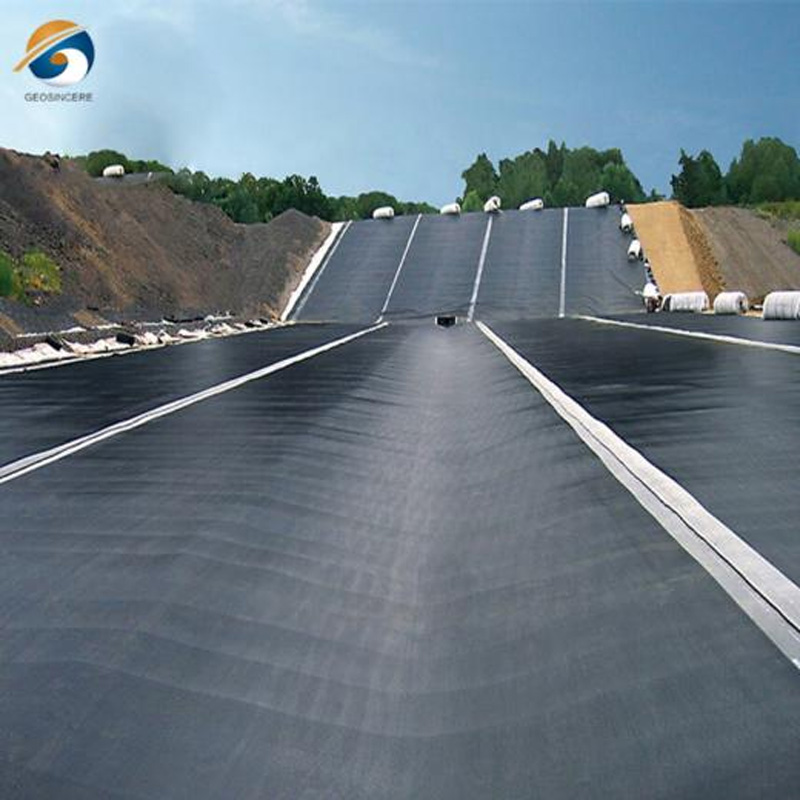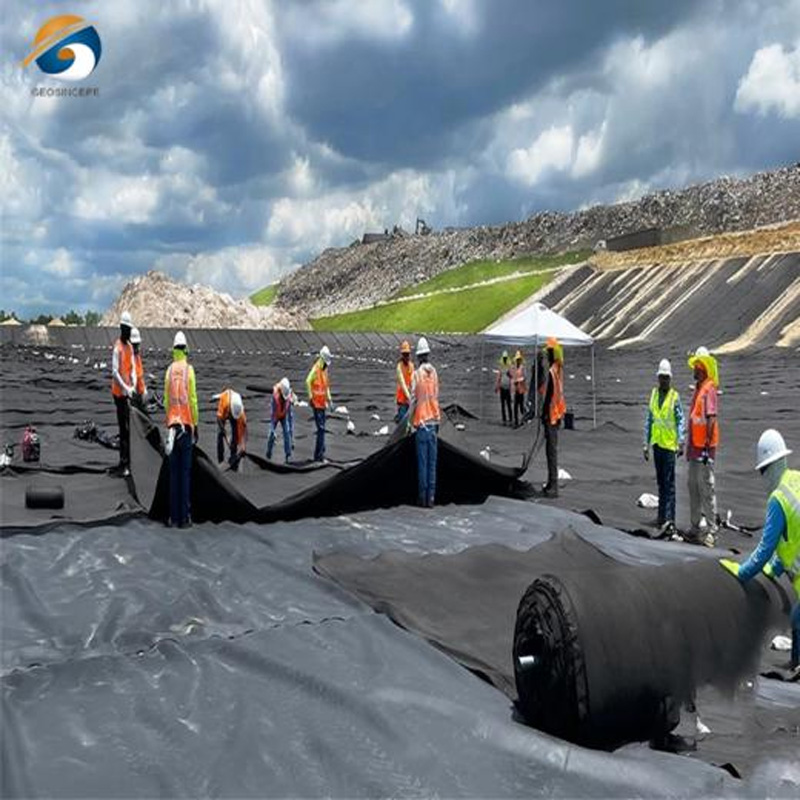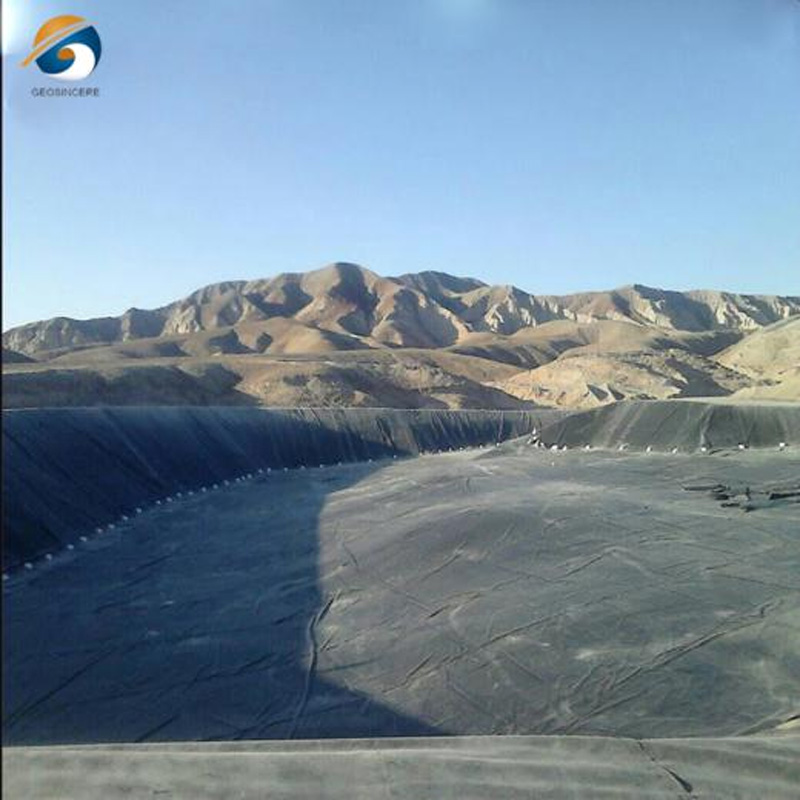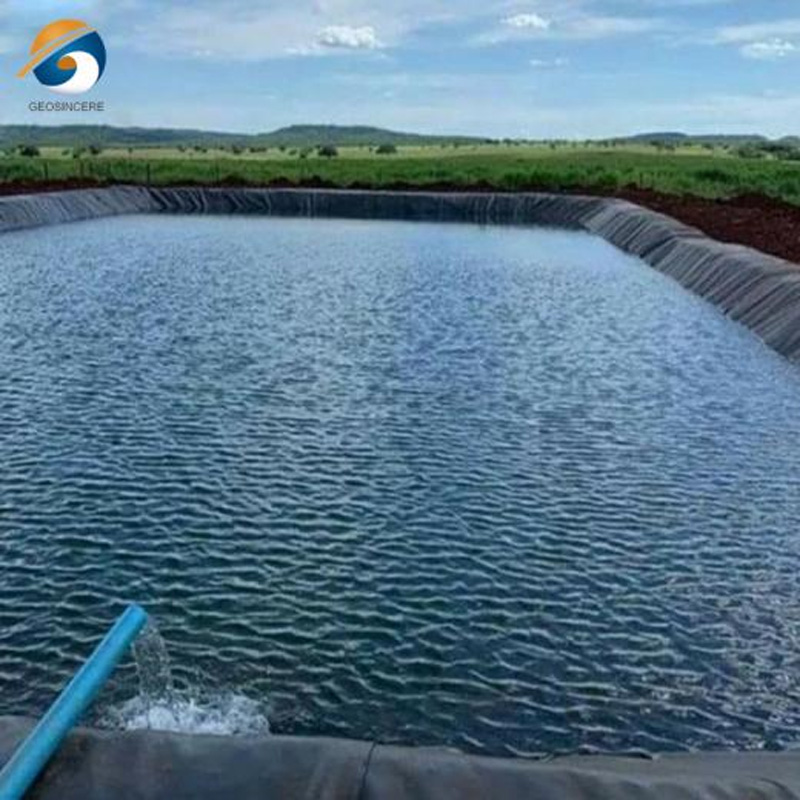Sustainability Benefits
The environmental impact of construction materials, including geosynthetics, has gained significant attention in recent years. The extraction of raw materials, manufacturing processes, and disposal practices associated with these materials can indeed contribute to environmental degradation, such as resource depletion, pollution, and waste generation.Here are some ways in which GEOSINCERE geosynthetics can promote sustainability:
Environmental Protection: GEOSINCERE geosynthetics can help protect the environment by preventing soil erosion, stabilizing slopes, and controlling sedimentation. By reducing soil erosion, they contribute to maintaining soil fertility and preventing the loss of valuable topsoil. Geosynthetics can also be used in applications such as landfill liners and caps, preventing the release of hazardous substances into the environment.
Resource Conservation: Geosynthetics can help conserve natural resources by providing alternatives to traditional construction materials. For example, geosynthetic reinforcement can replace or reduce the need for natural aggregates in road construction, reducing the demand for quarried materials. This conservation of resources can help minimize the environmental impact associated with resource extraction.
Energy Efficiency: The use of BPM geosynthetics can lead to energy savings in construction and infrastructure projects. Geosynthetics are lightweight and easy to install compared to traditional materials, reducing the energy required for transportation and installation. Additionally, geosynthetic materials often have high durability and longevity, reducing the need for frequent maintenance or replacement, which can save energy over the life cycle of a project.
Waste Reduction: Geosynthetics can contribute to waste reduction by enabling the use of recycled materials. For example, some geosynthetics are made from recycled plastics, diverting waste from landfills and reducing the demand for virgin materials. Geosynthetics can also facilitate the use of industrial by-products, such as fly ash from coal-fired power plants, in various applications, reducing the need for disposal and promoting resource efficiency.
Climate Change Adaptation: Geosynthetics can play a role in climate change adaptation by helping to manage the impacts of extreme weather events. For instance, geosynthetic barriers and reinforcements can enhance the resilience of coastal areas to storm surges and erosion. By protecting critical infrastructure and preventing damage, geosynthetics can contribute to long-term sustainability and reduce the costs associated with climate-related disasters.
By adopting sustainable practices throughout the value chain, businesses in the GEOSINCERE geosynthetics industry can demonstrate commitment to environmental stewardship and contribute to a more sustainable future.We help our clients mitigate environmental risk through world leading research and innovative product development.

